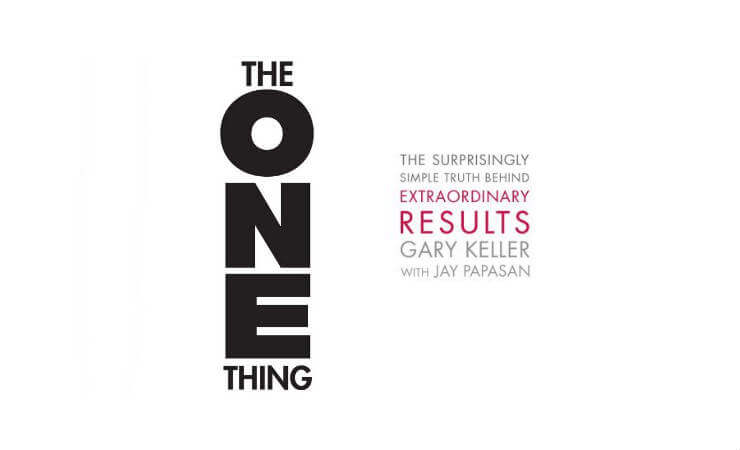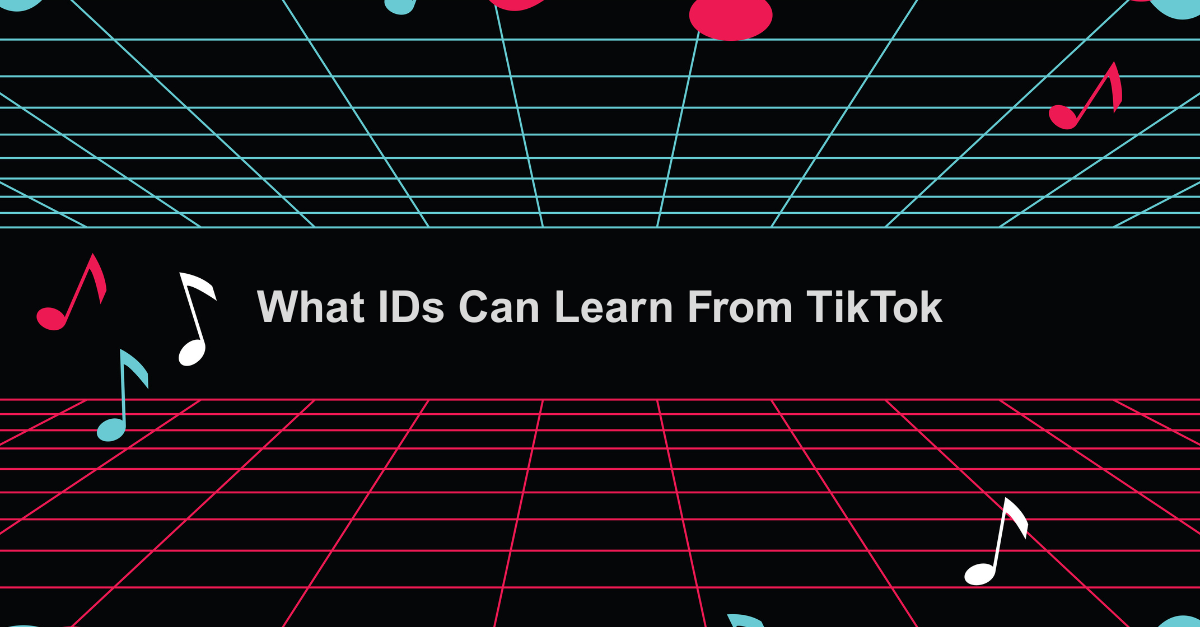TL:DR – Multitasking is a lie.
Gary Keller’s bestselling book The ONE Thing addresses a simple yet countercultural idea:
“Multitasking is a lie.” (page 44)
We think we can do it all. While we think our superpower is to jump between projects, pivot mid-task, and juggle priorities, research (and reality) tell us otherwise.
Context-switching is not a superpower. Constant context-switching actually slows us down, reduces quality, and creates chaos.
Sound familiar?
In the world of instructional design, multitasking doesn’t just waste time; it weakens learning.
Training Needs a Plan, Not a Pile
When learning initiatives are rushed, reactive, or scattered, it’s often because there’s no unified plan. Stakeholders throw content at the team. Designers scramble to build. Learners are often left with disconnected experiences that lack a clear throughline, a tangible goal, and unclear expectations.
What’s missing? A singular focus. A roadmap. A “ONE thing.”
Why a Clear Plan Matters
Just like Keller recommends prioritizing your one thing to make other things easier or unnecessary, instructional designers should prioritize training structure first, before jumping into modules, media, or delivery. As we’ve said before, WHEN we train is often as important as WHAT we train.
That training structure could take many forms:
- Scope and Sequence – An outline of what will be taught (scope) and in what order (sequence).
- Learning roadmap – Emphasizes sequence and growth without sounding overly academic. It tells learners, “Here’s where you are, and here’s where you’re going.”
- Development strategy – Adds a layer of intention and is perfect for communicating with stakeholders. It says, “We’ve thought this through.”
- Training framework – Conveys structure and flexibility. It says, “We’re building something with purpose.”
Whatever you call it, it needs to exist. Because when everything is most important, nothing is important.
One Thing at a Time (Especially for New Learners)
We can’t expect new employees to absorb systems training, product knowledge, soft skills, and compliance all at once. That’s not learning, it’s data dumping.
Sequencing matters. Focus matters. Time to internalize matters.
Learning is not multitasking. It’s layering. It’s building. It’s focused progression.
Training Manager Tip: Give Your Teams Room to Focus!
If you lead a training team, here’s the real takeaway:
This doesn’t just apply to the training material you create and your learners; this also applies to your Instructional Designers!
Give your IDs time and space to go deep, not just wide. Don’t pull them into five things at once. Don’t demand quantity over quality. Don’t assume multitasking is a strength. Give them the time, freedom, and margin to not need to multitask.
Instead, ask:
- What’s the ONE learning priority right now?
- What sequence will support long-term skill development?
- What structure will make this scalable?
Because training should be a training plan, not a training pile.
Ready to trade chaos for a plan? If your training feels scattered, reactive, or overloaded, let’s fix that.
At The ID Department, we don’t just build courses. We build training strategies that actually work.
🎯 Learning roadmaps
📦 Scalable frameworks
🧱 Sequenced development plans
🔁 Unlimited projects & revisions
📆 All for one predictable monthly cost
Stop multitasking your way through training. Let’s build something focused. Intentional. Effective.
Message me to get started. Your team deserves a training plan, not a pile.
(FYI – The ONE Thing link is an Amazon affiliate link. If you purchase through this link, I may earn a small commission, at no extra cost to you.)






Leave a Reply